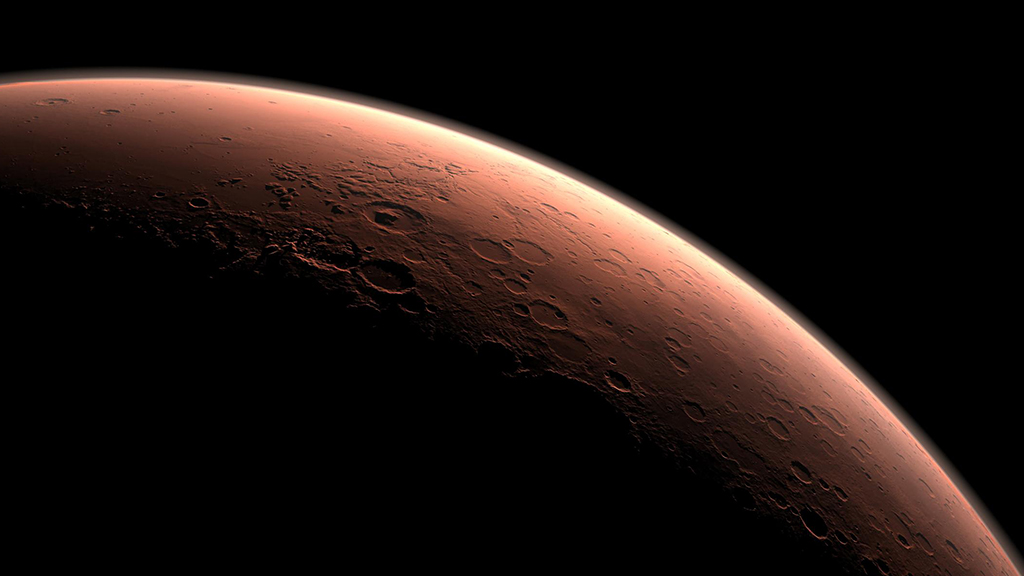Abstract
In this case study, students play the role of a NASA scientist tasked with analyzing samples of atmosphere and soil collected on Mars as part of the Mars Curiosity Mission. The case study takes place in the future when samples of the Martian atmosphere and surface have been returned to Earth as part of the fictional Curiosity Mission 5. Students identify which elements and molecules are present in those samples and draw the structural formula of each. Next, they use that information to determine which macromolecules could be created, and compare that list to molecules believed to exist on early Earth. Finally, students make a prediction about whether life (as we know it or otherwise) could exist on Mars, and discuss possible experimental designs to test their ideas. This case was developed for an introductory level general biology course. It could also be appropriate as an early review activity in a biochemistry course.



